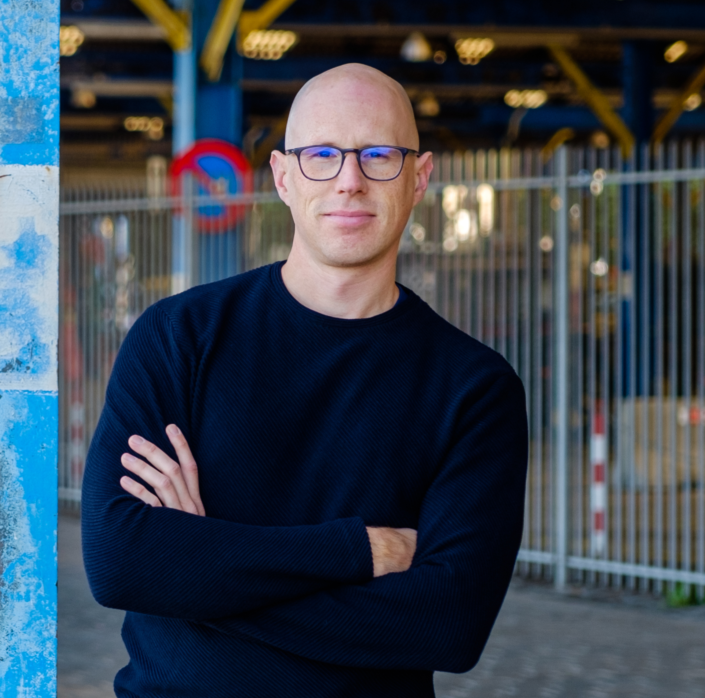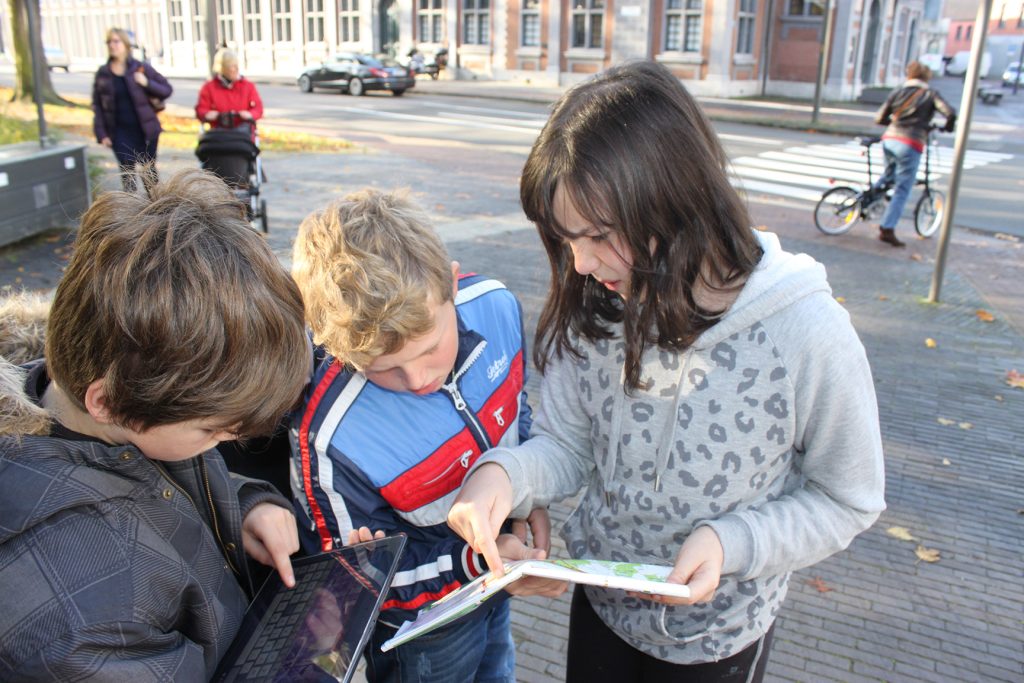Interested in learning more about citizen participation? Check out our course: Participate Practically.
If you spend enough time walking around Antwerp, chances are you might get stopped by one of the city’s participation experts, asking you to fill out a survey on a tablet. It’s standard practice in the city, and part of their 10 conditions for good participation.

The person who came up with them and shared them with us is Roel Camps, who has been working for the City of Antwerps for almost 15 years. His main responsibility is the City’s youth participation projects. He and his colleagues developed a digital tool that is now used for participation projects carried out by various other city departments and services. It is called Oor (ear), and is currently used in its third version. The department has also developed training material to guide less experienced city employees through the process of setting up their first participation projects. The 10 conditions for good participation are part of this guide; they serve as a checklist for anyone starting a new participation project. Here is a translated and simplified version of them:
1. Check beforehand what room there is for change
The first step to any participation project is to be sure that there is room for change. This should be openly communicated so that people know to what extent their opinion can contribute to change, ensuring that they have the right expectations. This includes being transparent about political and budget limitations.
2. Decide the form of the desired result in advance
This is about thinking a step ahead. How are the opinions collected in the participation process to be analysed, and what will happen with them next? How will the results be shared, and with whom? It makes a difference whether the next step is a decision by policy makers or a design phase by city planners.
3. Stakeholder analysis: Identify the relevant target groups
The people your project has an impact on are the same people you should target for engagement. These can be: residents, users, passers-by, children, young people, people with disabilities, people who do not understand the local language well, tourists, visitors and so on.
Attention:
- You will not reach all relevant groups by just informing them in one way or by simply putting a survey online. It is important to use a combination of digital and location-oriented work. Make a list of where you can reach all these people in real life.
- When it comes to public space, residents of an area are not always the only users, or even the biggest user group. Passers-by may use a space on a daily basis. Their experiences are different from those of residents in important ways.
4. Make it understandable to an 10-year old
The clearer and easy to understand a participation tool is, the more potential participants. If it is designed to be understandable to a 10-year old, it will also be more understandable to people from different backgrounds.
5. Make it accessible by using images and videos
Visual confusion means that different people have a different visual idea in their head compared to what is actually meant by an idea. Using unambiguous pictures and videos can help to make and idea or concept more universally understood, as it leaves less room for imagination than a description in words alone.
6. Choose a suitable methodology
The right methodology depends on the time you have and the results you need. It also depends on whether you are addressing a concrete topic, such as a road, a park, or feedback on municipal services, or an abstract, more complex topic such as a climate change plan or a neighbourhood quarrel. With concrete topics, it is easy for the participants to formulate their opinion based on personal life experiences, allowing for digital participation tools that the participants fill out individually. Solving more complex challenges requires quality interaction between participants with different perspectives. Stronger analogue components might be important in such cases.
7. Carry out the methodology with various target groups and at various locations
Take your project to the people – Do not expect citizens to come to you, take your participation tool and go to the citizen at different times on different days. This is called location-oriented work. Combine different methods of reaching citizens: Use tablets to take the digital tool to various public places, to associations, and to schools, communicate via letter and social media, and use the city’s info boards in the public domain.
8. Provide context in a fair way
When designing a participatory project, it is important to make the context clear. Briefly outline the context and how the participation project relates to it.
9. Make sure people can express their own opinion
Everyone is likely to have their own opinion on your project and its goals. Let them tell you what they think so that you can present as much information as possible at the end of your project. Give people the freedom to comment and question – you never know what may come up as a result. Perhaps there was something you had missed entirely when you put together the project’s initial plan. Forcing people into a simple YES/NO response limits the information you receive about your project.
This is also important for co-creative processes. Where the goal is to find a consensus, it is important to start with a phase that gives room to individual opinions. Forcing citizens to reach a consensus from the beginning can mean that a lot of valuable input is lost.
10. Explain what will happen to citizens’ inputs
Be transparent about the next steps of the process. Tell participants and others what the plan is for the project once the participation phase is finished. How will you be analysing the data? Will you be sending a report to the local council? What are the next steps for the project once it has been completed? Show how citizens input is taken into account, for example by marking elements taken from citizens’ ideas in street design plans.
